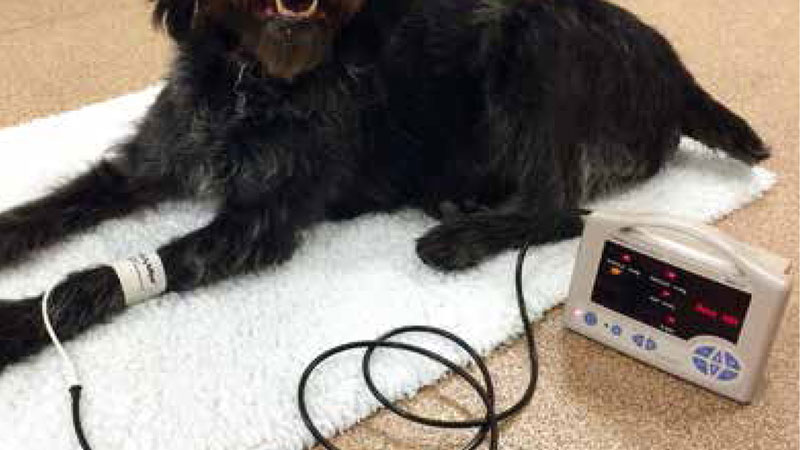Blood pressure measurement in cats and dogs: considerations for the clinician
Blood pressure is an increasingly-measured parameter in veterinary patients; recognition of hypertension and hypotension is important, as both are associated with detrimental sequelae for patients. Direct (invasive) measurement is the clinical gold standard, but non-invasive methods provide a more convenient option for the clinician in conscious patients. Doppler and oscillometric devices are the most popular non-invasive methods; their performance has been studied in terms of accuracy and precision, but the evidence base is produced largely from studies of anaesthetised patients. Doppler has been suggested as the preferred method in conscious cats and dogs. Adhering to a set protocol for blood pressure measurement is essential for the generation of valid results; the American College of Veterinary Internal Medicine prescribes conditions for best practice. The reference range for normal blood pressure is ambiguous, with several different ranges proposed by various studies. In addition, multiple epidemiological factors such as age, breed, sex, neuter status and body weight can influence results.
Ffion Lloyd - Intern, Northwest Veterinary Specialists, Delamere House, Ashville Point, Sutton Weaver, Cheshire WA7 3FW
